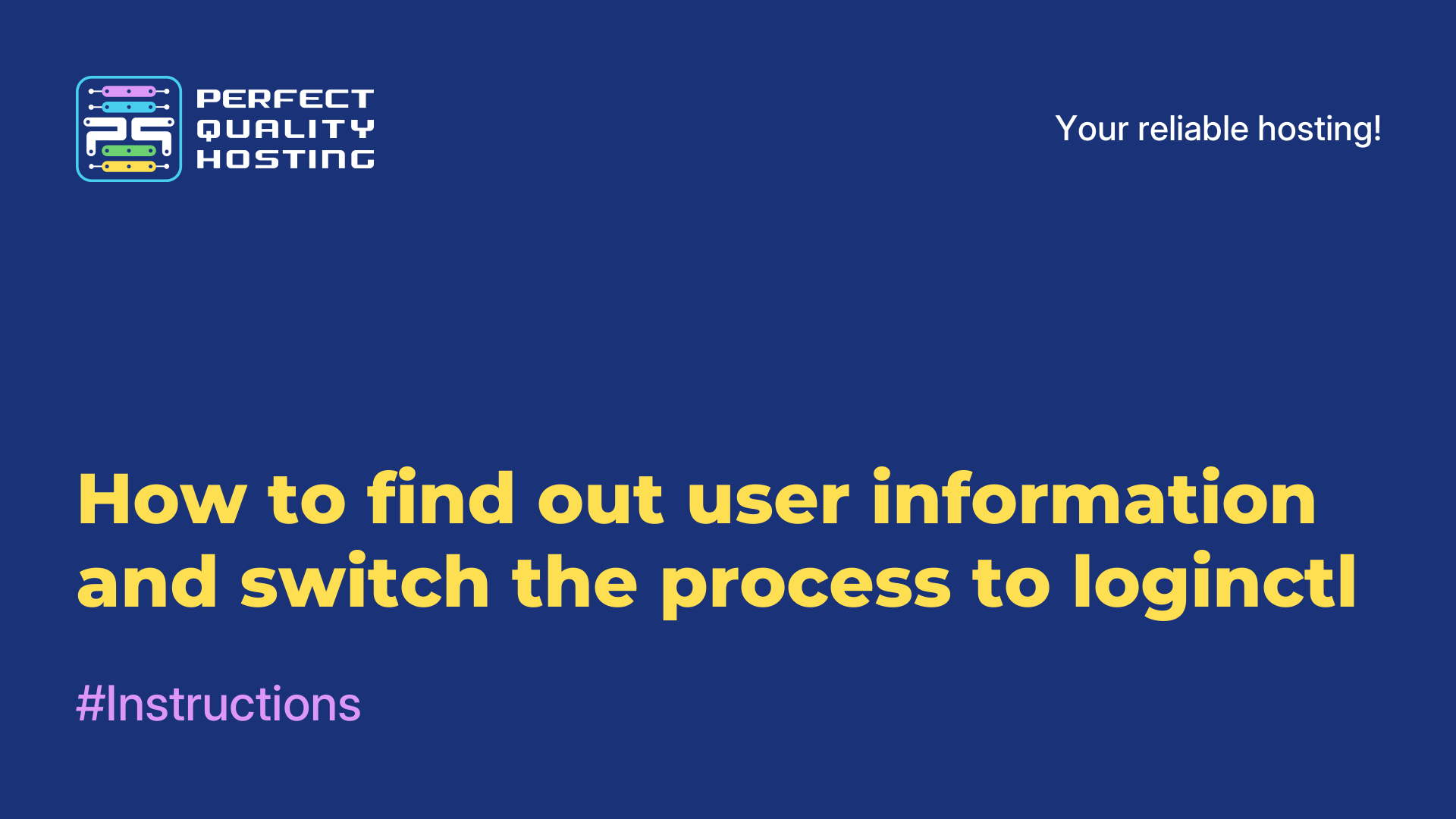-
United Kingdom+44 (20) 4577-20-00
-
USA+1 (929) 431-18-18
-
Israel+972 (55) 507-70-81
-
Brazil+55 (61) 3772-18-88
-
Canada+1 (416) 850-13-33
-
Czech Republic+420 (736) 353-668
-
Estonia+372 (53) 683-380
-
Greece+30 (800) 000-02-04
-
Ireland+353 (1) 699-43-88
-
Iceland+354 (53) 952-99
-
Lithuania+370 (700) 660-08
-
Netherlands+31 (970) 1027-77-87
-
Portugal+351 (800) 180-09-04
-
Romania+40 (376) 300-641
-
Sweden+46 (79) 008-11-99
-
Slovakia+421 (2) 333-004-23
-
Switzerland+41 (22) 508-77-76
-
Moldova+373 (699) 33-1-22
 English
English
MySQL - how to install on Windows Server
- Main
- Knowledge base
- MySQL - how to install on Windows Server
To install a MySQL relational database management system on Windows Server, you need to buy a license and prepare the server.
Step-by-step instructions on how to install My Sql on Windows Server
Server preparation implies that you will create it (if you have not done it before), specify a ready-made image of the Windows operating system and link the license to the server. The result is the ability to work with Windows Server and connect to it via RDP (Remote Desktop Protocol) for remote access.
Step-by-step instructions for installing MySQL on Windows Server:
1. Download the distribution kit from the official MySQL database website. You need to select Windows (x86, 32-bit) and MSI Installer. The developers also provide an opportunity to download an automatic installer, but it only works if there is an Internet connection on the server (it is rare).
2, Start the installation by clicking on the corresponding distribution button. After clicking on the Install button, an information window appears for selecting settings. In particular, they specify the number of DBMS components: Client only, Custom, Server Only. In this case, we specify the Full installation of all products, including MySQL Route, Workbench, Server, Shell, Connectors. If you want to select individual products, click on Custom and set the settings.
3. Go to the tab with the verification of the operating system requirements. Here we check and click Execute. On the new page, we check the status of the components again (Ready to install) and click Execute.
4. Wait until the installation is completed. The Complete status (MySQL Route, Workbench, Server, Shell, Connectors, and others) will appear in the window next to each component.
5. Configure the configuration of individual components. You can do this or press the exit button to use the default settings (or change them in the future). If you select the configuration settings, you will see a drop-down menu with the choice of Config Type. The system also asks you to set the settings: protocol type, ports, and others. You need to specify the authentication method, roles and users, as well as many others (for each of the components).
When the installation is completely finished, we launch the MySQL Server DBMS and check its operability. If everything is in order, you need to perform basic configuration for further work, including with highly loaded projects.






































